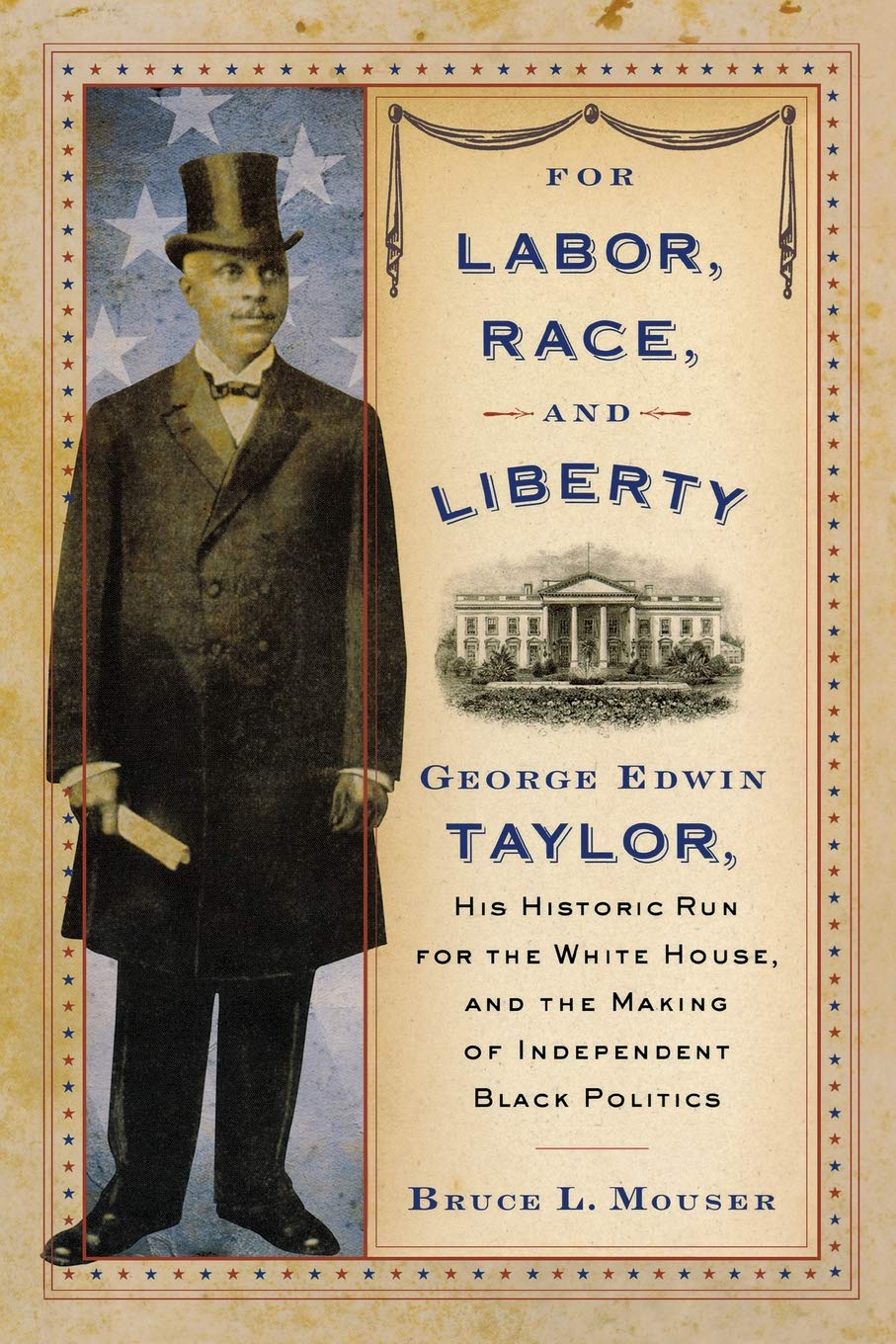
The 1st Black Man to Run for President- George Edwin Taylor
Before Barack Obama, Shirley Chisholm and Jessie Jackson, George Edwin Taylor ran for President of the United States in 1904 as the candidate of the National Negro Liberty Party, sometimes known as the National Liberty Party.
Political Life
During the period when Taylor emerged as leader of the National Negro Liberty Party, southern states were enacting laws to suppress black voters. Racism was manifesting itself through segregation laws and national debates on scientific reasons why black people were considered inferior. Between 1900 and 1904, Taylor was president of the National Negro Democratic League.
In 1904, the executive committee of the newly formed National Negro Liberty Party asked him to become their candidate for the office of president of the United States. That party had its origin in Little Rock, Arkansas in 1897 when it was known as the Ex-Slave Petitioners’ Assembly. It was one of several leagues or assemblies that had formed at the end of the century to support bills then working their way through the United States Congress to grant pensions to former slaves. These leagues claimed that membership in a league was required to qualify for a pension, if and when Congress passed such a bill. In 1900, that Assembly reorganized as the National Industrial Council and in 1903 added issues of lynching, Jim Crow laws, disfranchisement, anti-imperialism and scientific racism to its agenda, broadening its appeal to Black voters in Northern and Midwestern states. In 1904 the Council moved its headquarters to Chicago, Illinois and reorganized as the National Negro Civil Liberty Party.
The first national convention of that new party convened in St. Louis, Missouri in July 1904, with plans to field candidates in states that had sizeable Black populations. Its platform included planks that dealt with disfranchisement, insufficient career opportunities for Blacks in the United States military, imperialism, public ownership of railroads, “self-government” for the District of Columbia (Washington, D.C.), lynching, and pensions for ex-slaves.
Taylor’s campaign in 1904 was unsuccessful. The party’s promise to put 300 speakers on the stump to support his candidacy and its plan to field 6,000 candidates for local offices failed to materialize. No newspaper supported the party. State laws kept the party from listing candidates officially on election ballots. Taylor’s name failed to be added to any state ballot. The votes he received were not recorded in state records. William Scott, who had been the party convention’s first choice as candidate, later estimated that the party had received 65,000 votes nationwide, a number that could not be verified.
It is sad to see that many of the issues faced by George Edwin Taylor continue to plague black voters.
Early Life
George Edwin Taylor was on August 4, 1857. At age 20, Taylor enrolled at Wayland University in Beaver Dam, Wisconsin, where he remained for two years (1877–1879). He studied a classical curriculum that emphasized grammar, language, and rhetoric. Taylor left Wayland before completing his three-year curriculum for health and financial reasons. On October 15, 1885, he married Mary Hall of Prairie du Chien, Wisconsin. Taylor wrote articles for several of La Crosse’s newspapers and for Chicago’s Inter Ocean. Taylor became editor of the La Crosse Evening Star (1885–1886) and owner/editor of the Wisconsin Labor Advocate (1886-ca. 1887), both of which claimed to be the voice of the Knights of Labor, the La Crosse County Workingmen’s Party, and the Wisconsin State People’s Party (also known as the Wisconsin Union Labor Party). George became Secretary (1885–1886) of the La Crosse city’s and county’s Workingmen’s Party and one of the founders of the Wisconsin People’s Party in (1886) and its State Secretary (1886–1887). He represented the state party at the Cincinnati Conference of Union Labor (February 1887) and became an advocate of Union Labor in Wisconsin (1887). Taylor’s Wisconsin Labor Advocate was the official voice of Wisconsin’s labor party in 1887.
In 1910, Taylor moved to Florida where he married Marion Tillinghast of Green Cove Spring, Florida. George Edwin Taylor died December 23, 1925.




1 Comment
by Godwins
Good piece on history i never knew. So much good history buried. We must preserve our history.
Comments are closed.